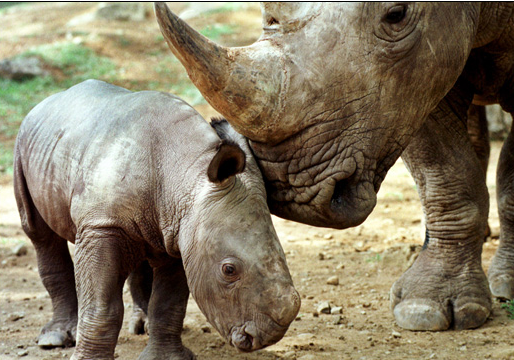Nias is an island famous for its megalithic buildings and arts, great waves to surf, and breath-taking tradition of Stone Jumping. This island is located on the western coast of Sumatra Island in Indonesia, an archipelago in Southeast Asia. The minor publication of this place makes it visited by only a number of foreign tourists while in fact, Nias offers winsome attractions any other places do not own. Nias provides a great vacation place for those wishing to feel different experience and adventure of traveling in a place where time is apparently not moving.
Megalithic buildings and arts mean buildings and arts made of huge rough stones in a simple shape and design. These arts and buildings evolved in Megalith period thousands years ago around some areas in Sumatra islands. The leftovers of Megalithic buildings and arts scatter in Nias island including tomb stones, great stone tables, and stone monuments which are utilized as the property to hold the Stone Jumping tradition. Those stone buildings and arts were not colored so that most of the island has the greyish color of stone. Being in Nias feel like dragging back to Megalithic period thousands years before.
The great waves – approximately 3.5 meters high – in the waters surrounding this island turn Nias to be one great spot for surfers. It is the best place for the professional surfers to show their skills of surfing in extremely high altitude of waves. One favorite spot for surfers in Nias is Sorake beach whose waves are never calm. Sometimes an international event for professional surfers in the world also takes place in Nias. The great waves completed with a peaceful atmosphere on the beach without the existence of many people causes the foreign surfers to visit Nias for several times.
Stone Jumping is one well-known tradition in Nias participated by most young men in that place. In this tradition, the participants wearing traditional costumes of Nias have to jump over 2 meters high of a stone monument. The Stone Jumping or Hombo Batu tradition is very much dangerous seeing that a little mistake may cause fatal injuries such as broken bones or even brain concussion. Still, young men in Nias are eager to do this tradition both to show attraction to the visitors and to prove themselves as Nias young men.
Time seems slowing down in Nias that the buildings, cultures and traditions are not change from time to time.






